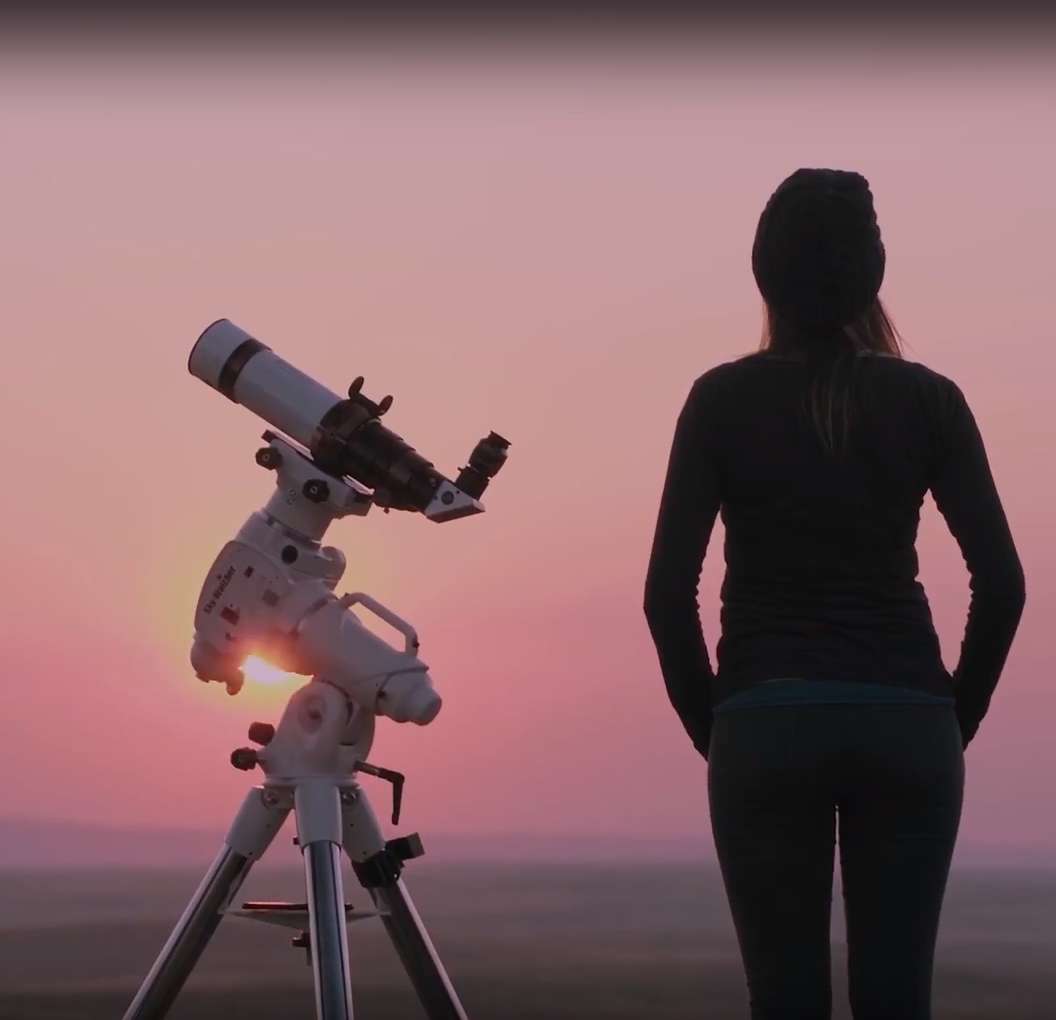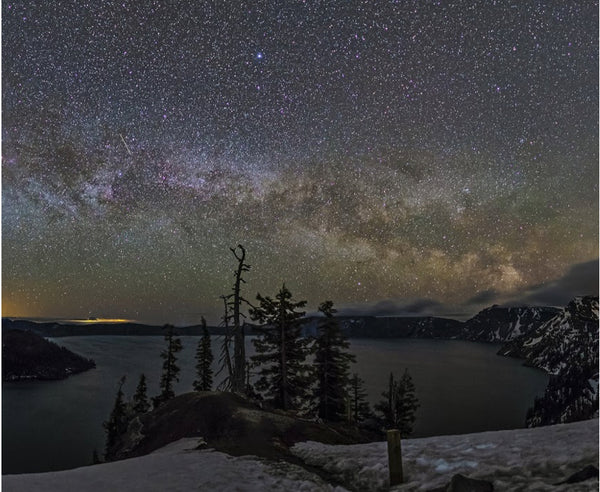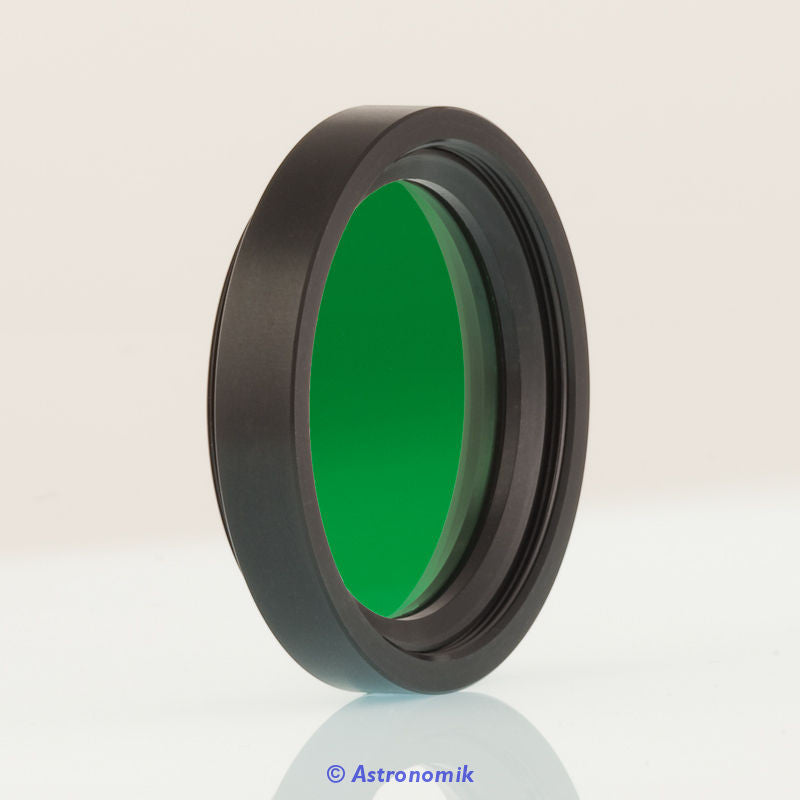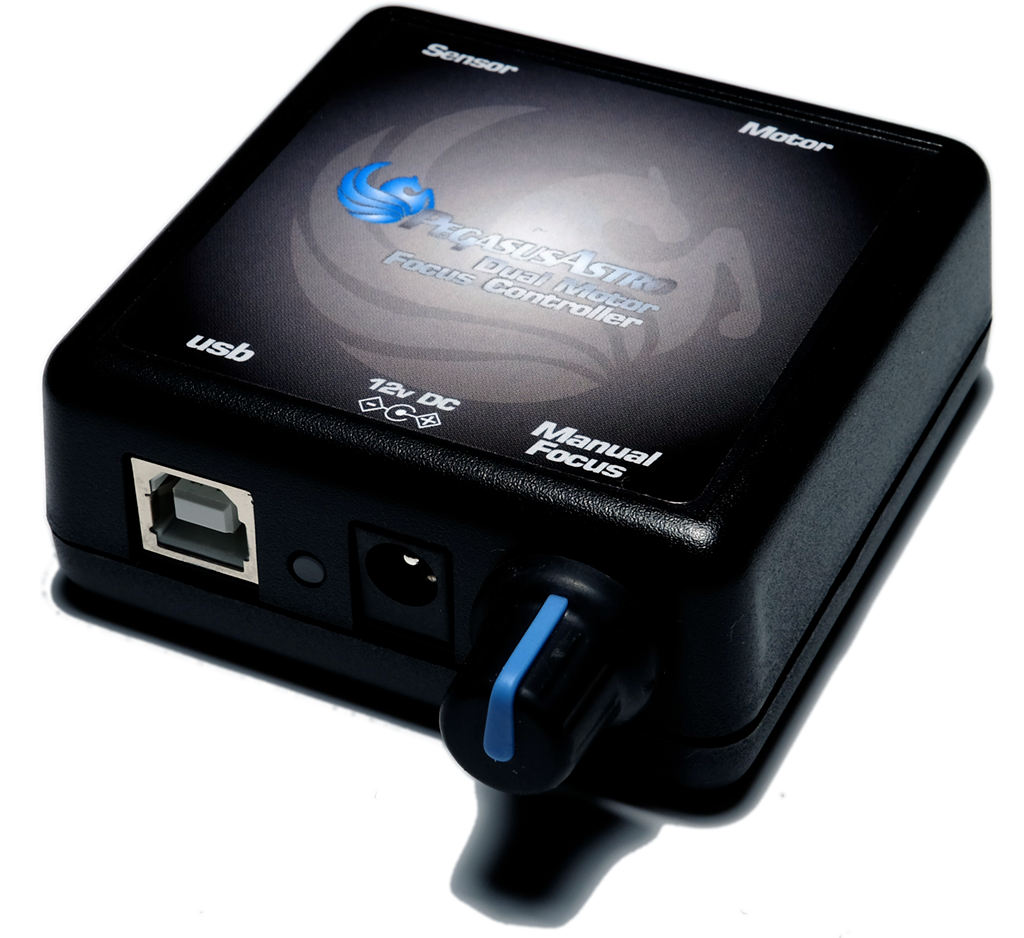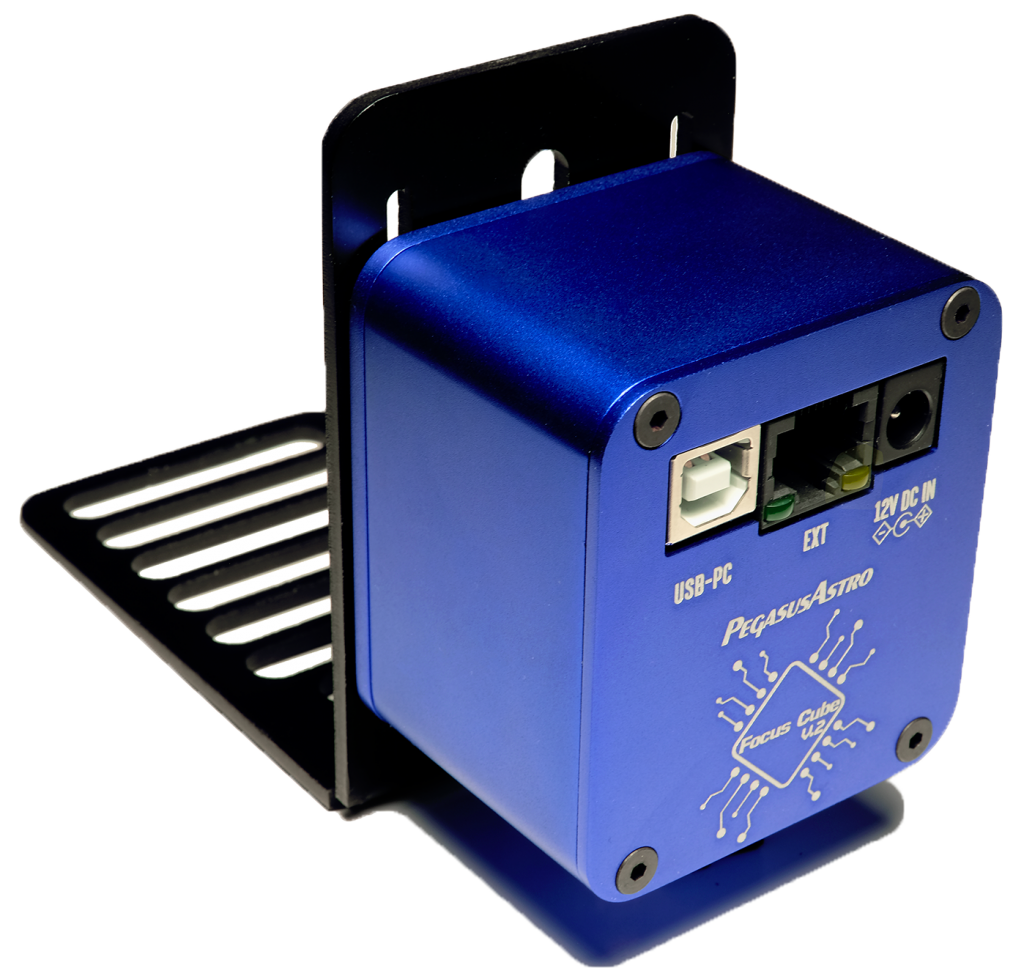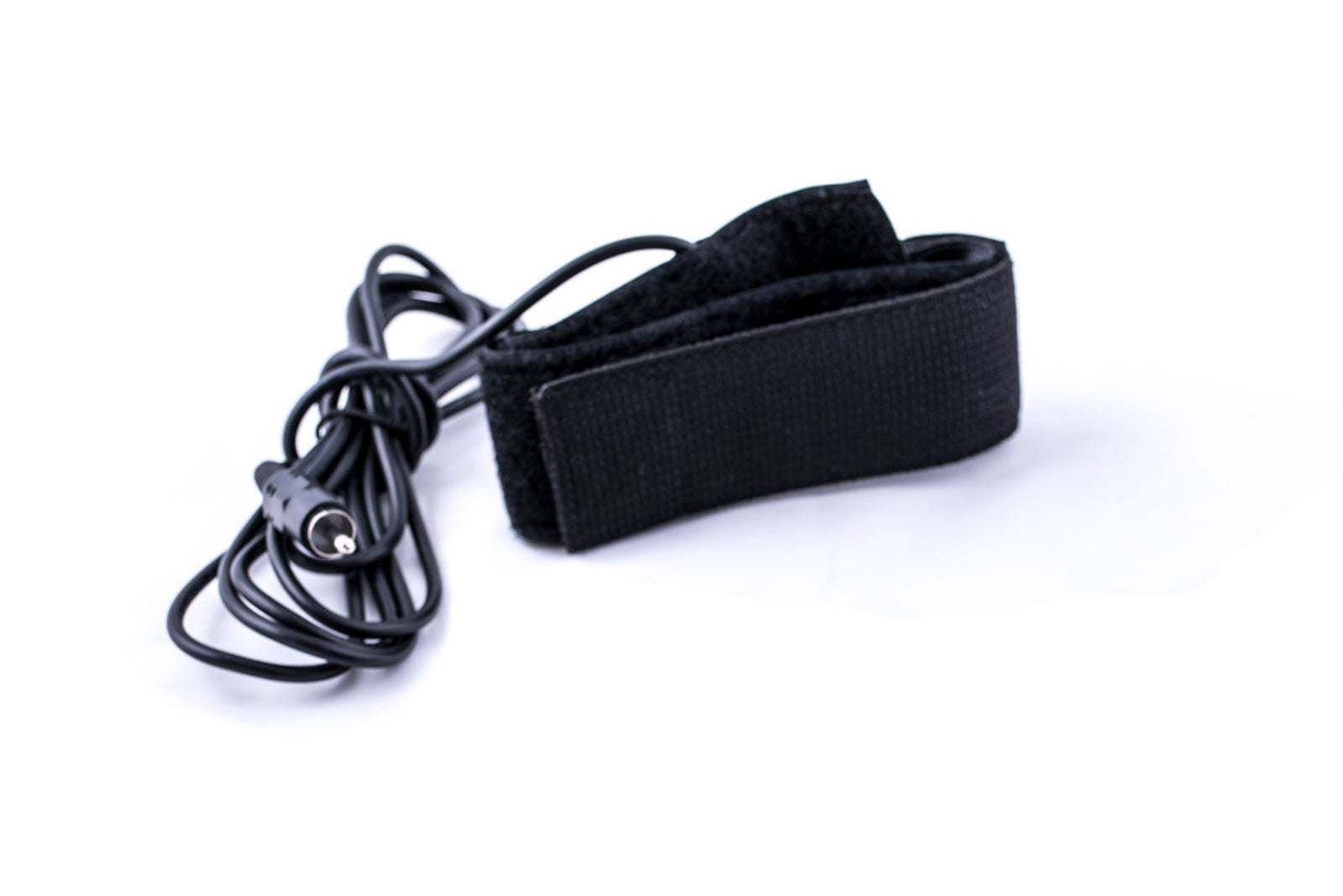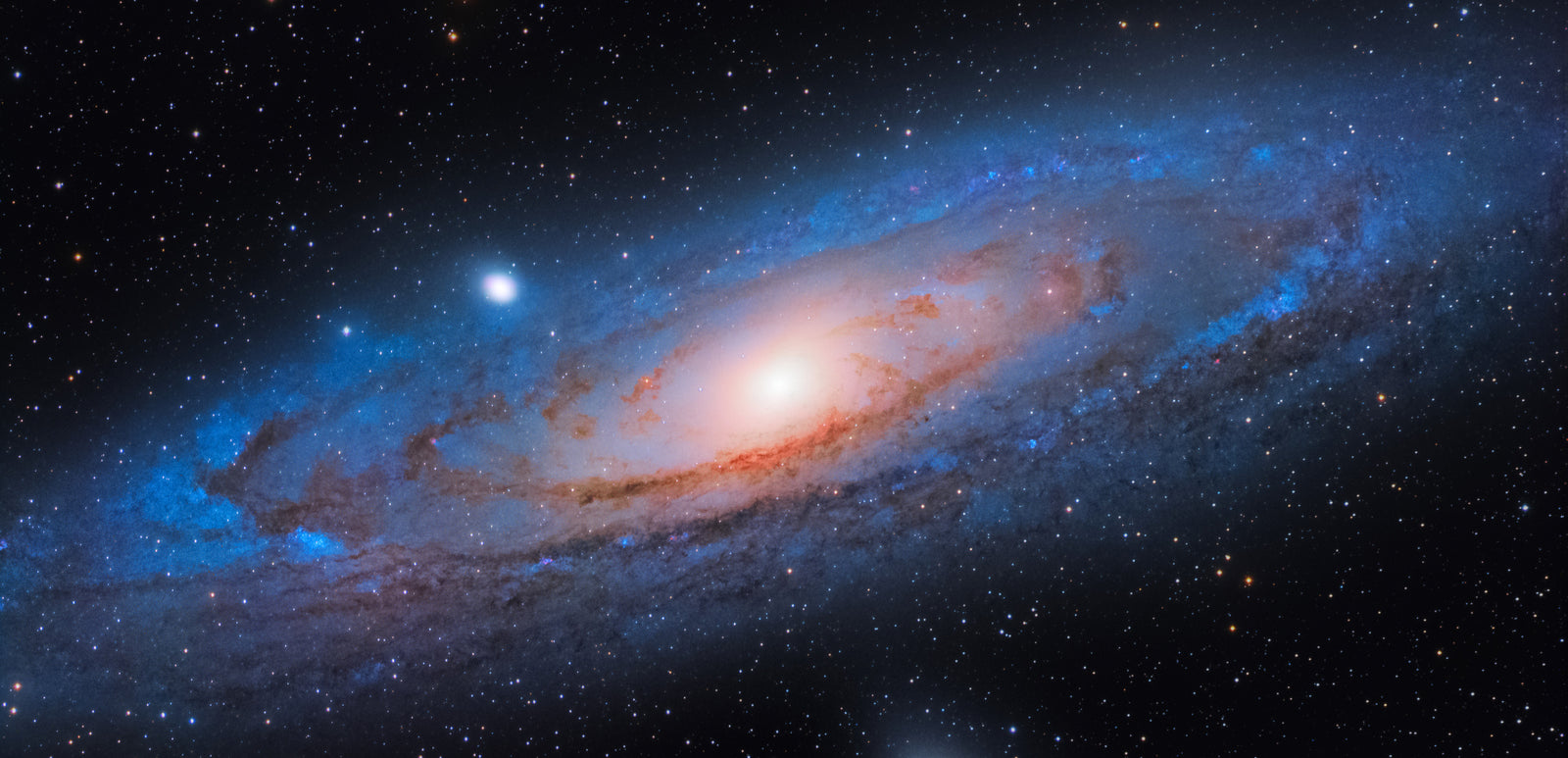Explore OPT's wide selection of reflector telescopes or let us help you decide which one is right for you.
Are you interested in the benefits of a reflector telescope, but aren't sure which one is right for your needs and budget? Click Learn More.
Learn More
Understanding Reflector Telescopes
Reflector telescopes come in a wide range of sizes, prices, and optical designs, so it can be difficult to pick out which one is right for you. In our helpful guide below, we explain the differences in layman's terms to help you decide.
How Reflector Telescopes Work
Reflector telescopes use mirrors to focus light and magnify an image. Compared to refractors, reflectors are usually significantly larger telescopes. This is because it is less expensive to produce a large aperture reflector telescope compared to a refractor. Newtonians/Dobsonians in particular can be had at a very affordable for a large aperture, making them an excellent choice for visual observers. If you've ever attended a star party, you'll notice that most visual observers are using Dobsonians for this reason. Other common reflector designs include the Ritchey-Chretién, which many famous telescopes like the Hubble Space Telescope utilize for its premium optical performance.
What is Collimation?
For as affordable as they are, nearly all reflectors will require more maintenance than other telescopes like refractors. Reflectors usually need to be frequently collimated, which is the process of precisely aligning the mirrors in the telescope using some simple tools. Collimation might sound scary, but it's relatively simple, and can be compared to the need to tune an instrument before you play it. The additional cost of collimation tools such as a good laser collimator is something to take into account when purchasing any reflector telescope, as they're often not included but are a required tool.
What Are Diffraction Spikes?
Have you ever wondered why images from the Hubble Space Telescope have four-pointed, cross-shaped stars? The answer is diffraction spikes. All reflector telescopes will exhibit these four-pointed stars because of their design. You'll notice that in any reflector telescope, whether it be a Newtonian, Ritchey-Chretién, or other, that the secondary mirror is held up by four spider vanes. These spider vanes, or struts, are what cause the light to diffract and produce spikes on bright stars.
Is A Reflector Telescope Right For Me?
Dobsonians are a great choice for visual observers, and Newtonians and Ritchey-Chretiéns can make great telescopes for astrophotography. However, since reflectors require collimation and are usually much larger and heavier than refractors, we don't usually recommend them as a beginner deep sky astrophotography telescope. Instead, we would recommend a small refractor for its ease-of-use, portability, and lack of maintenance required. Continue reading below to find out the pros & cons of each type of reflector optical design and help you narrow down which one is best for you.
Newtonian Telescopes
Best for experienced imagers who want a large aperture telescope
Newtonian telescopes are the classic reflector design, and use a primary and secondary mirror to project an image out the side of the optical tube. Newtonians are very affordable telescopes for their aperture, so you'll see them in a wide range of prices from beginner visual telescopes all the way up to advanced imaging telescopes. Beginner visual Newtonians will usually come with a tripod mount to carry the telescope, whereas more advanced imaging Newtonians will often be sold as just the Optical Tube Assembly (OTA) only without a mount. If you're a beginner looking for a strictly visual telescope, you may find that a Dobsonian is a better investment. Imaging Newtonians can be a great way to get a fast focal ratio telescope for an affordable price, but they often require the additional purchase of a coma corrector and a good collimation tool. On top of this, Newtonians are usually much larger and heavier for astrophotography than similarly-priced refractors or SCTs. This means a large and heavy-duty mount is often required, and even small gusts of wind can affect tracking accuracy on such a large scope. Overall, imaging Newtonians can be a great bang-for-your-buck if you're willing to trade added cost and weight for a fast, large aperture telescope.
Explore Newtonian Telescopes
Dobsonian Telescopes

Best for visual observers of all skill levels who want the largest aperture they can afford
In visual astronomy, aperture is king. So it's no surprise that Dobsonians, which are the most affordable telescopes per aperture, are the preferred choice of many visual observers. Dobsonians excel at visually observing just about any target, and they have a great reputation for being able to observe faint deep sky objects like galaxies in particular. The telescope portion of a Dobsonian is really just a Newtonian, but Dobsonian refers to the type of mount the telescope rests on. This simple-to-use swivel mount design makes it effortless to point the telescope, even with large sized Dobs. It's safe to say that Dobsonians are excellent telescopes for all skill levels. For beginners and traveling observers, they even come in a smaller and more portable tabletop variety. Dobsonians only have two considerable drawbacks other than collimation. First, most Dobsonians starting around 10" (250mm) or larger can become very heavy and difficult to transport. Be prepared to do some heavy lifting if you're interested in a large Dobsonian. The second drawback to those interested in astrophotography is that they are primarily visual telescopes. Dobsonians can offer some good planetary images with a planetary camera, but cannot be used for deep sky imaging due to their alt-az style mount. These minor drawbacks aside, Dobsonians are hard to beat for all-around visual observing performance.
Explore Dobsonian Telescopes
Ritchey-Chretién Telescopes

Best for deep sky imagers who want a long focal length scope with great optics
The Ritchey-Chretién, or RC for short, is a specialized reflector design that is excellent for long focal length, deep sky imaging. If you're hoping to primarily image distant galaxies or just get close-up views of deep sky objects in general, an RC may be right for you. Unlike a Newtonian or many refractors where additional accessories are needed to begin serious imaging, RCs are some of the best out-of-the-box astrophotography telescopes. Featuring a coma-free design, RCs suffer from very few optical aberrations (imperfections), making them ideal for serious imagers. Due to a large central obstruction, which is where the secondary mirror obstructs the light path, RCs tend to have lower natural contrast than other optical designs and therefore aren't as ideal for planetary imaging like Schmidt-Cassegrains are. This also means poor visual performance, and we don't recommend buying an RC for visual use. RCs also feature slow focal ratios, which make them great for distant objects, but generally requiring longer exposure times than faster telescopes. This also means they are rather unforgiving telescopes in terms of tracking errors, and for that reason are not recommended for beginning imagers. The slow focal ratio can, however, be alleviated somewhat with the use of a reducer. Overall, RCs are limited in their use, but excel at what they're made for: imaging distant deep sky objects.
Explore Ritchey-Chretién Telescopes
Dall-Kirkham & Cassegrain Telescopes
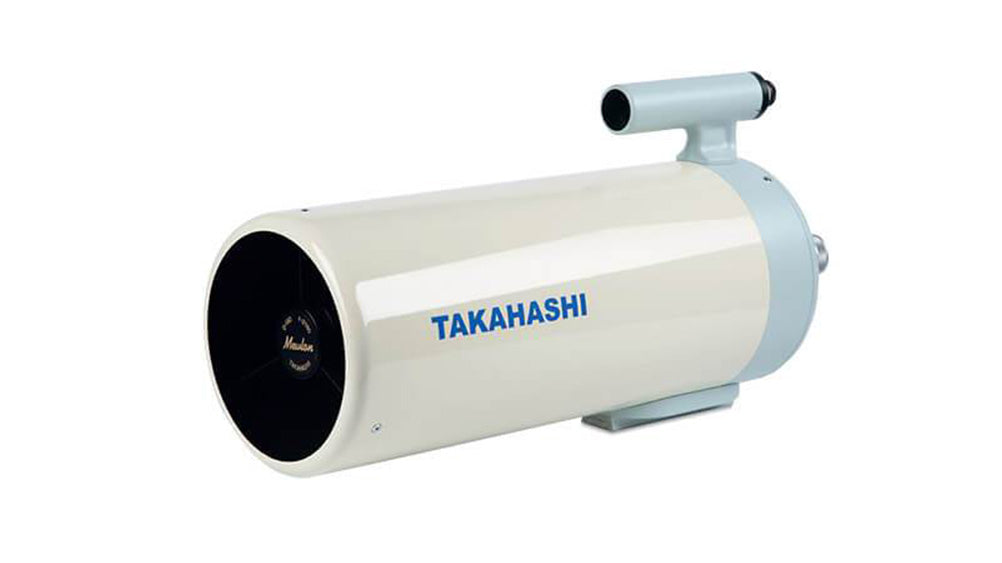
Best for planetary observers & imagers who want a design free of refractive elements
Though less common, telescopes like the Classic Cassegrain and the (non-corrected) Dall-Kirkham designs are excellent reflectors used primarily for high-end planetary viewing and imaging. Since these telescopes use an all-mirrored design, they are generally considered superior to other planetary telescopes like Schmidt-Cassegrains or Refractor telescopes which use glass lens elements and can introduce chromatic aberration. Classic Cassegrains and Dall-Kirkhams do not suffer from any chromatic aberration and have very long native focal ratios, making them the ideal choice for high-end and research-grade planetary observing. Most of these telescopes are very expensive and have this specialized use, but excel at long focal length viewing and imaging.
Explore Cassegrain & Dall-Kirkham Telescopes
What is Coma, and Do I Need To Worry About It?
Coma is an optical aberration which affects all Newtonian (including Dobsonians) telescopes. Coma makes stars towards the edge of the eyepiece or image appear elongated, and is especially apparent in fast focal ratio Newtonians, such as f/4. This issue is easily fixable with a coma corrector, but this extra accessory is an added cost on top of the telescope itself and can get expensive. Generally speaking, you won't need a coma corrector if you're just observing visually unless you're using a fast Newtonian or prefer excellent edge views in your eyepiece. For deep sky imaging, though, a coma corrector is usually advised, especially if you're using a large sensor camera.
How Do I Collimate My Newtonian or Dobsonian?
Great question! Collimation is a simple process, and we're currently working on a video to best explain how to collimate your Newtonian or Dobsonian at home. You will need a collimation tool, and we recommend a laser collimator in most cases. Stay tuned!
Are Reflector Telescopes Good For Astrophotography?
That depends on the type of reflector. Many reflectors, including Newtonians and Ritchey-Chretiéns, make for great astrophotography telescopes! However, we don't necessarily recommend them for a beginner for a few reasons. For one, both Newtonians and RCs will need to be collimated from time to time. Second, both designs can be relatively large and heavy, which translates to needing a large and sturdy mount to support them. Lastly, RCs have a specific use case of long focal length deep sky imaging. All of that being said, both can be a great choice if you're an experienced imager and are not afraid of the challenges of more hands-on imaging. Dobsonians are capable of producing great astrophotographs, especially if you're just using a smartphone. However, Dobsonians are not a good choice for deep sky imaging due to their alt-az mounts, which can't account for field rotation.
If you're looking for a great beginner astrophotography telescope, a small refractor on a tracking mount is the ideal scope to enter the hobby of deep sky astrophotography. If you're hoping to do planetary imaging, Schmidt-Cassegrains are generally the preferred choice.


